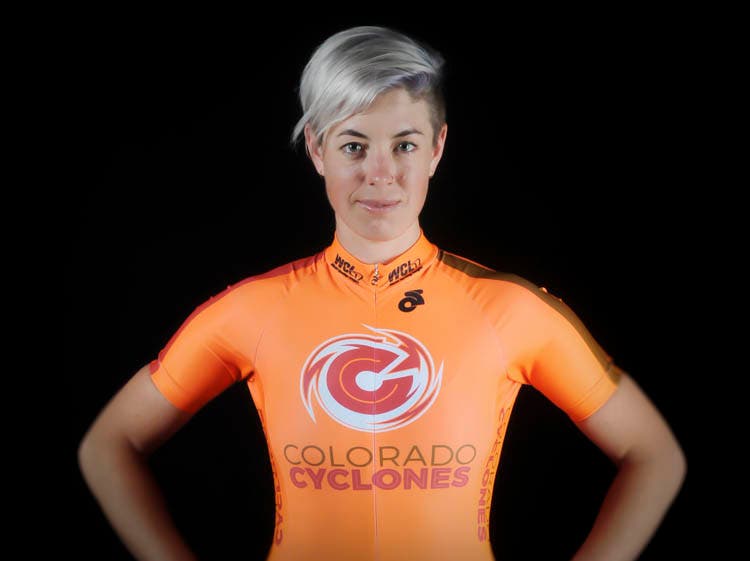
The path to becoming an astronaut isn’t a straight line. While most candidates have been pilots, Christina Birch, who landed one of only 10 spots as a NASA astronaut candidate out of more than 12,000 candidates, is a professional cyclist. The 35-year-old is a former US national track champion, who held the title for national individual pursuit in 2016 and 2017.
Birch represented her country at the World Championships and the Pan-American Games, where she won two gold medals. She also made the shortlist for the 2020 Tokyo Olympics, but didn’t make the final cut.
However, Birch has a strong background in academia. She graduated from the University of Arizona with a bachelor’s degree in mathematics and biochemistry and molecular biophysics, before receiving a doctorate in biological engineering from MIT. After a brief stint teaching at the University of California, Riverside, she decided to dedicate herself to pro cycling and do this full time.
But now the champion cyclist is up for the greatest race of her life: going to outer space.
“As you can see, from my incredible classmates seated here beside me, there’s really no one path to becoming a NASA astronaut candidate. And, you know, you might think that my path as a bioengineer and a cyclist is a little bit out there, but it was really all of those skills that I gained from those experiences that helped me get here,” Birch said during the new intake ceremony.
“I think my advice would be to find something that you’re really interested in, really curious about, passionate about, and explore that deeply. And I think if you approach every day trying to do the little things well, they will add up to something really big, and that might be sitting here someday as a NASA astronaut candidate,” she added.
It’s been four years since NASA last opened applications for candidate astronauts, and like every time, the competition was fierce. The acceptance rate is around 0.1%.
In January, Birch will start training for two years in military water survival exercises, flying NASA’s T-38 training jets, and becoming scuba-qualified in order to be qualified for spacewalking. After she completes the ‘astronaut academy’, she will become eligible for missions into space aboard the International Space Station and, perhaps, as far as the moon if all goes well with NASA’s Artemis project.
But even after they graduate from their astronaut training, the candidates aren’t guaranteed time in space. Only two astronauts who graduated the previous class in 2020 — Kayla Barron and Raja Chari — made their first flights into orbit last month. The other successful candidates will have to wait their turn, which could take several years or never, for that matter.
The other nine astronauts that made the cut include Nichole Ayers, 32, a major in the US Air Force from Colorado; Marcos Berríos, 37, also a US Air Force major from Guaynabo, Puerto Rico; Deniz Burnham, 36, a lieutenant in the US Navy reserve and a drilling engineer from Wasilla, Alaska; Luke Delaney, 42, a research pilot at Nasa and a retired major in the US Marine Corps; Andre Douglas, 35, a staff member at Johns Hopkins University who has served in the US Coast Guard; Jack Hathaway, 39, a commander in the US Navy, who hails from Connecticut; Anil Menon, 45, a flight surgeon for Elon Musk’s company SpaceX who helped launch the first private flight to the International Space Station; Christopher Williams, 38, a medical physicist who grew up in Potomac, Maryland; Jessica Wittner, 38, a lieutenant commander in the US Navy from California.
The new roster brings the total all-time number of selected astronauts since the original Mercury Seven in 1959 to 360.
“We’ve made many giant leaps throughout the last 60 years, fulfilling President Kennedy’s goal of landing a man on the moon,” Vanessa Wyche, Johnson Space Center director, said in the announcement. “Today we reach further into the stars as we push forward to the moon once again and on to Mars with NASA’s newest astronaut candidate class.”
Was this helpful?



